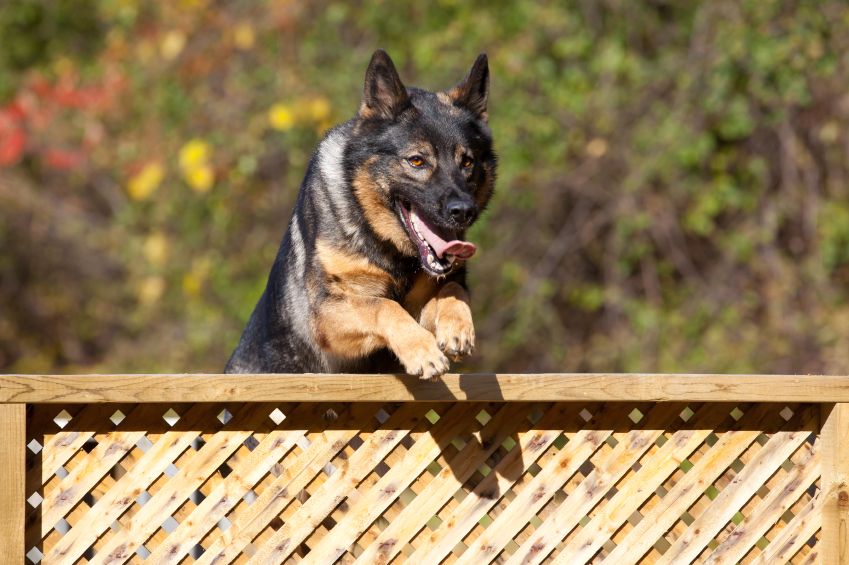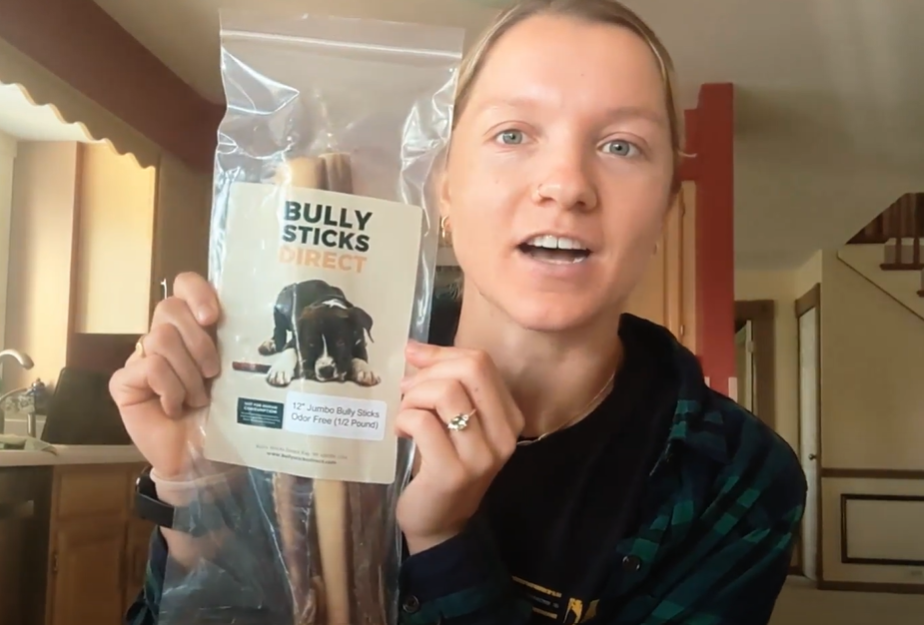If your dog climbs or jumps fences you know how frustrating and scary this can be. A fence is there to contain a dog and now he is loose on the other side. This is an easy way for your dog to get lost, get into a fight, or even get hit by a car. I frequently receive calls about stopping fence jumping and I explain to clients that there are two main parts. First we have to teach the dog that we don’t like him jumping the fence and then we need to set up the situation and stop it.
Very often the dog doesn’t know that it is wrong to jump the fence. He is in the yard and sees something interesting so he jumps the fence and chases it. Thirty minutes later you find him and act angry and now the dog is trying to figure out why. We must start by teaching the dog that jumping the fence is wrong. I will put a long rope on the dog attached to his collar and let him drag it around the yard. I will always stay fairly close so that I can either grab the dog or rope if needed. As soon as the dog puts his paws on the fence or tightens his body to jump, I will tell him “NO” in a stern voice. If he stops the behavior we resume what we were doing, if not I will give a leash correction with the rope. We continue this process until the dog understands that he shouldn’t jump or climb the fence.
The next step is to set up distracting situations. I will never encourage the dog to jump the fence, but I want to make sure he is capable of staying in the yard with a very exciting distraction outside. Think about it, when do you want your dog to try and jump the fence? When you are outside with the rope during the middle of the day, or at six a.m. while you are cooking breakfast? I will set up whatever I think will be the hardest situation for this particular dog. It could be walking the neighbor dog past the fence, kids riding by on bikes, fireworks going off, whatever will spark your dog to want to jump the fence. As we work the goal is to catch the dog in the act and stop him with either a “NO” command or leash correction. If the dog does manage to clear the fence while you are outside simply hold the rope while you go to the dog and walk him back in through the gate. If he doesn’t get the fun of playing with whatever he wanted to chase then it was still a successful session.
This process takes a different amount of time for every dog and every yard. If there are a lot of predictable distractions it actually goes much quicker than in a quiet yard where distractions come out of the blue with no predictability. With any type of training I am a huge believer in setting up tough situations because it is much easier when we are ready for it. If your dog has already learned to respect the “NO” command through obedience training this will definitely speed up the process.
Matt Covey
Suburban K-9
Elgin, Il


